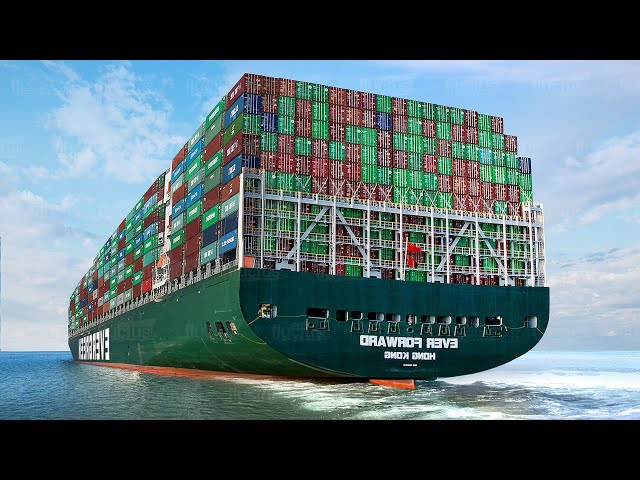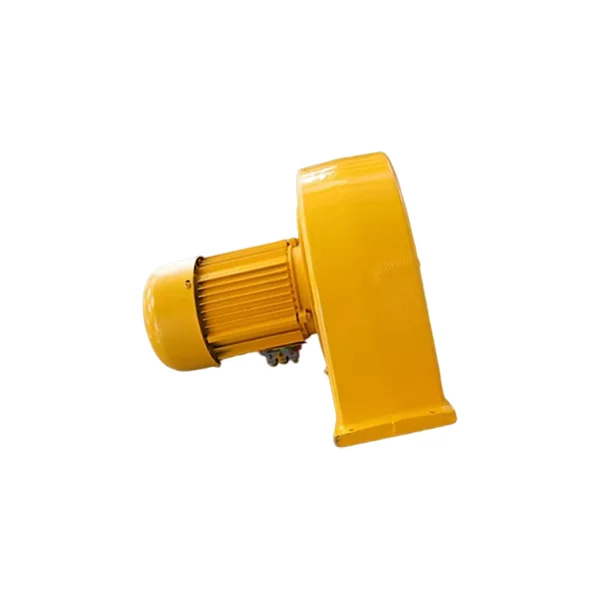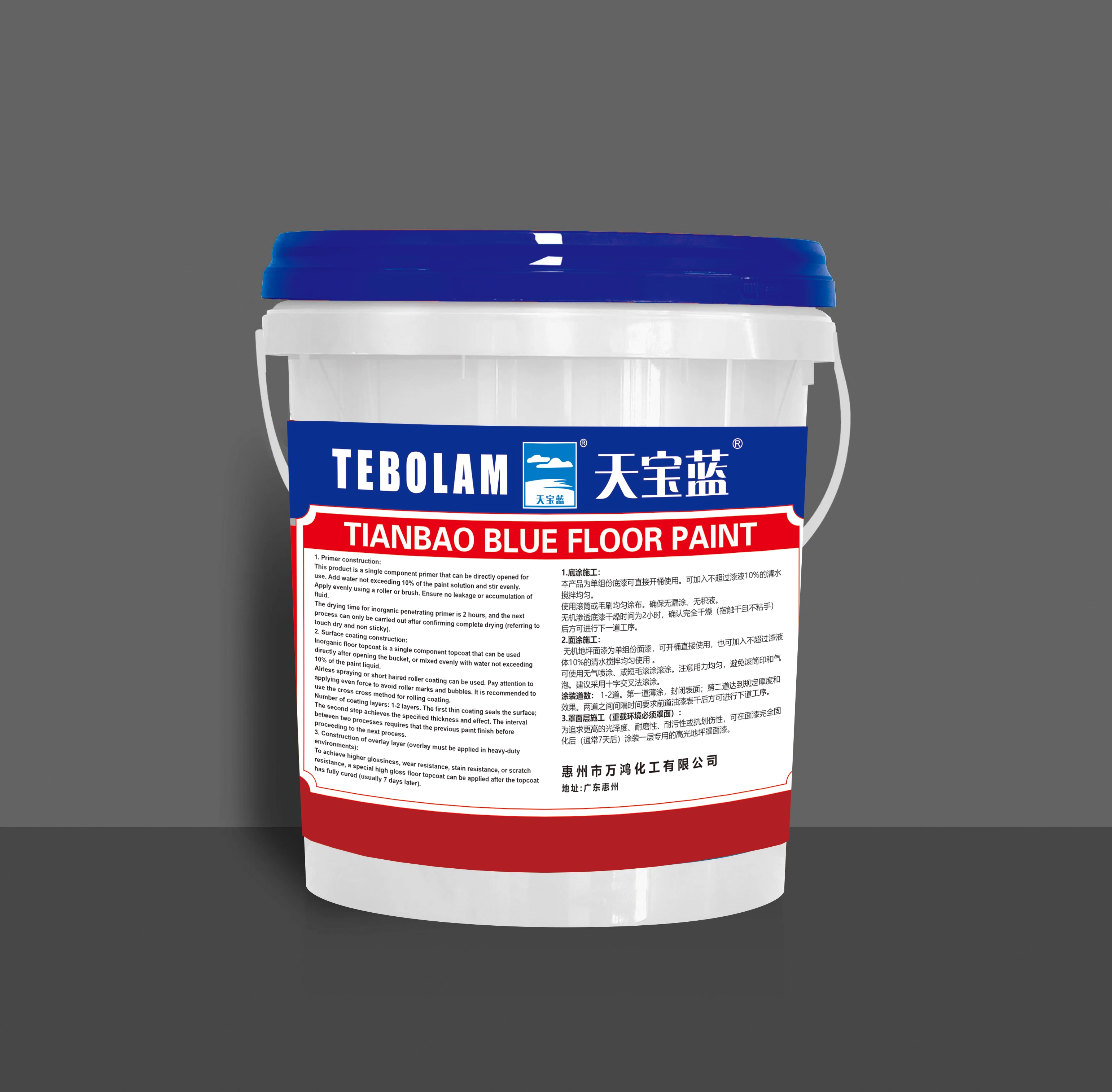In today's fast-paced world, the terms "container" and "package" are frequently used interchangeably, leading to confusion among professionals in various industries. However, it is crucial to understand the fundamental differences between these two concepts. In this blog post, we will delve into the intricacies of containers and packages, shedding light on their unique characteristics, applications, and implications.
- Definition and Purpose:
Containers:
Containers refer to standardized units used for storing, transporting, and handling goods. They are designed to facilitate the efficient movement of products across different modes of transportation, such as ships, trucks, and trains. Containers are typically made of steel or aluminum and come in various sizes, including 20-foot and 40-foot lengths. They ensure the security, protection, and integrity of goods during transit, minimizing damage and loss.
Packages:
Packages, on the other hand, encompass a broader range of materials used for enclosing and protecting products. They can be made of diverse materials, such as cardboard, plastic, or glass, and come in various shapes and sizes. Packages serve multiple functions, including containment, preservation, branding, and information communication. They are primarily intended for the end-user, ensuring the safe delivery and presentation of products.
- Design and Construction:
Containers:
Containers are engineered with durability, strength, and stackability in mind. They feature standardized dimensions, corner castings, and locking mechanisms to enable secure stacking and intermodal transportation. Containers are designed to withstand harsh environmental conditions, including extreme temperatures, humidity, and rough handling. Their robust construction ensures the safety of goods throughout the supply chain.
Packages:
Packages are tailored to the specific requirements of the product they enclose. They can be customized in terms of shape, size, and material composition. Packages are designed to provide adequate protection against external factors, such as impact, vibration, moisture, and light. Additionally, they often incorporate branding elements, such as logos, colors, and graphics, to enhance product visibility and appeal.
- Applications and Industries:
Containers:
Containers find extensive use in global trade and logistics. They enable the efficient movement of goods across borders, facilitating international commerce. Shipping containers, for instance, are employed for transporting a wide range of products, including raw materials, consumer goods, and industrial equipment. Additionally, specialized containers, such as refrigerated containers, are utilized for transporting temperature-sensitive goods like food and pharmaceuticals.
Packages:
Packages are ubiquitous across various industries, including food and beverage, pharmaceuticals, electronics, and consumer goods. They play a crucial role in product protection, preservation, and promotion. Packages can take the form of boxes, bottles, blister packs, or pouches, depending on the nature of the product. They are designed to ensure product integrity, extend shelf life, and provide essential information to consumers.
Conclusion:
In summary, while containers and packages share the common goal of protecting and transporting goods, they differ significantly in terms of design, purpose, and application. Containers are standardized units used for efficient intermodal transportation, ensuring the security and integrity of goods. On the other hand, packages are customized enclosures that cater to specific product requirements, providing protection, branding, and information communication. Understanding these distinctions is vital for professionals in industries ranging from logistics to marketing, enabling them to make informed decisions and optimize their operations.




More Stories
Industrial-Grade Audible Pedestrian Signals with Directional Sound for Safe and Confident Crossing
Racing Motorcycle Engines: Understanding Power, Torque, and Performance
OHMIEX D9 Intelligent Riding System: Redefining the Intelligent Riding Communication System for B2B Markets